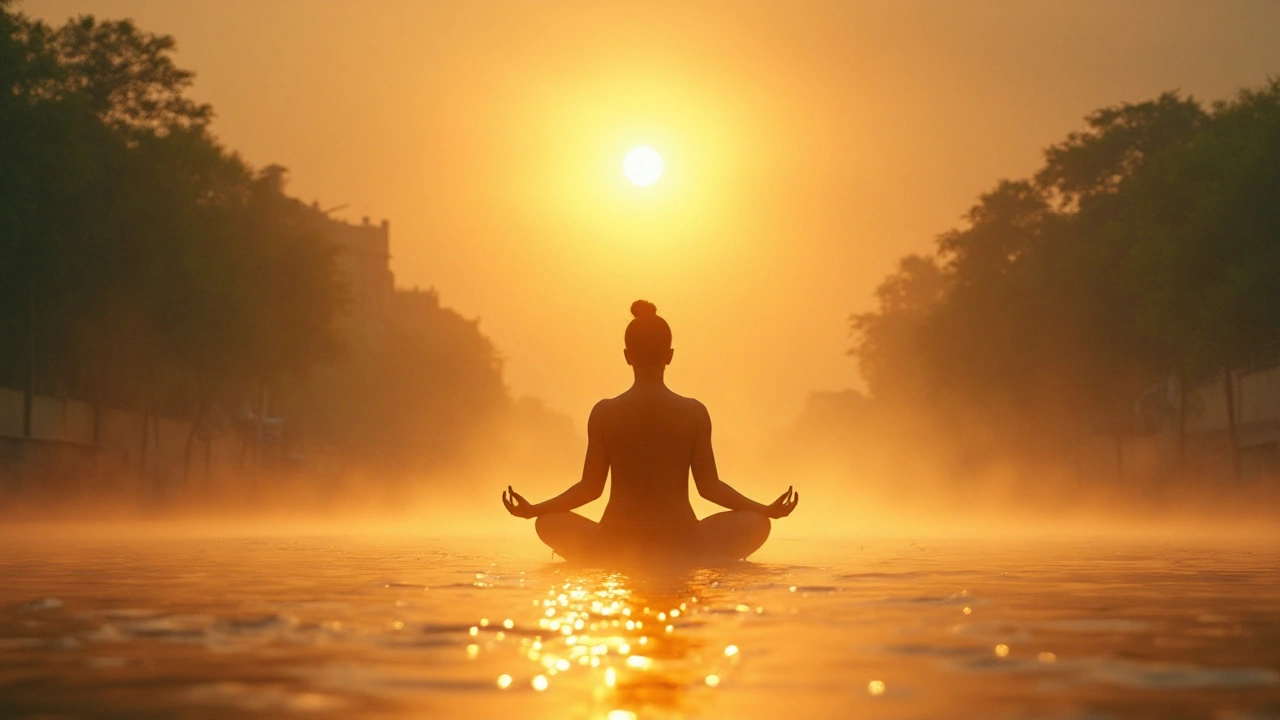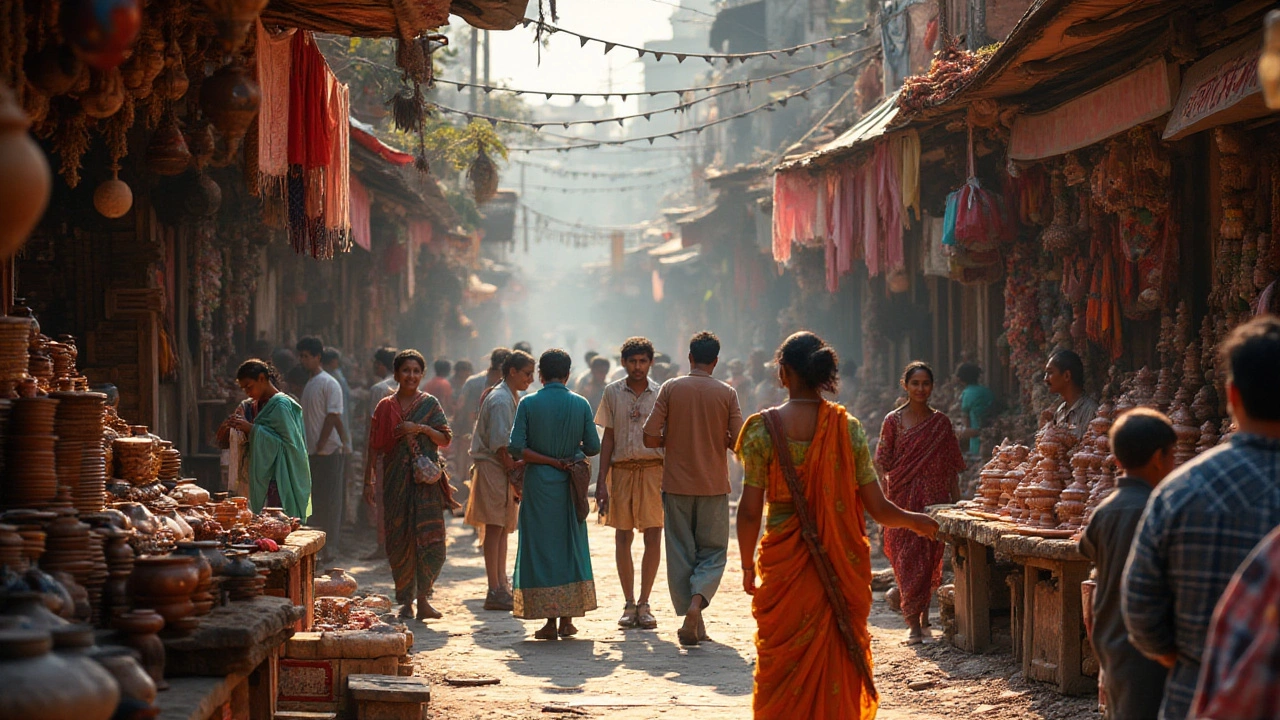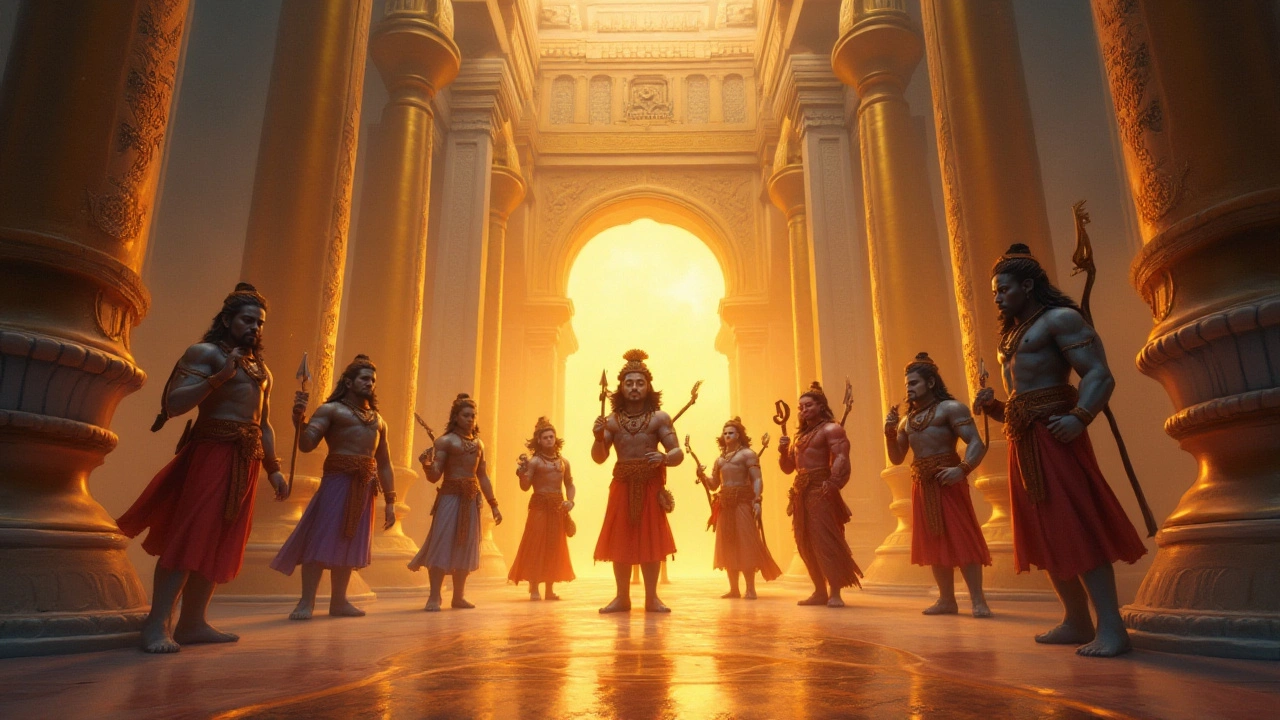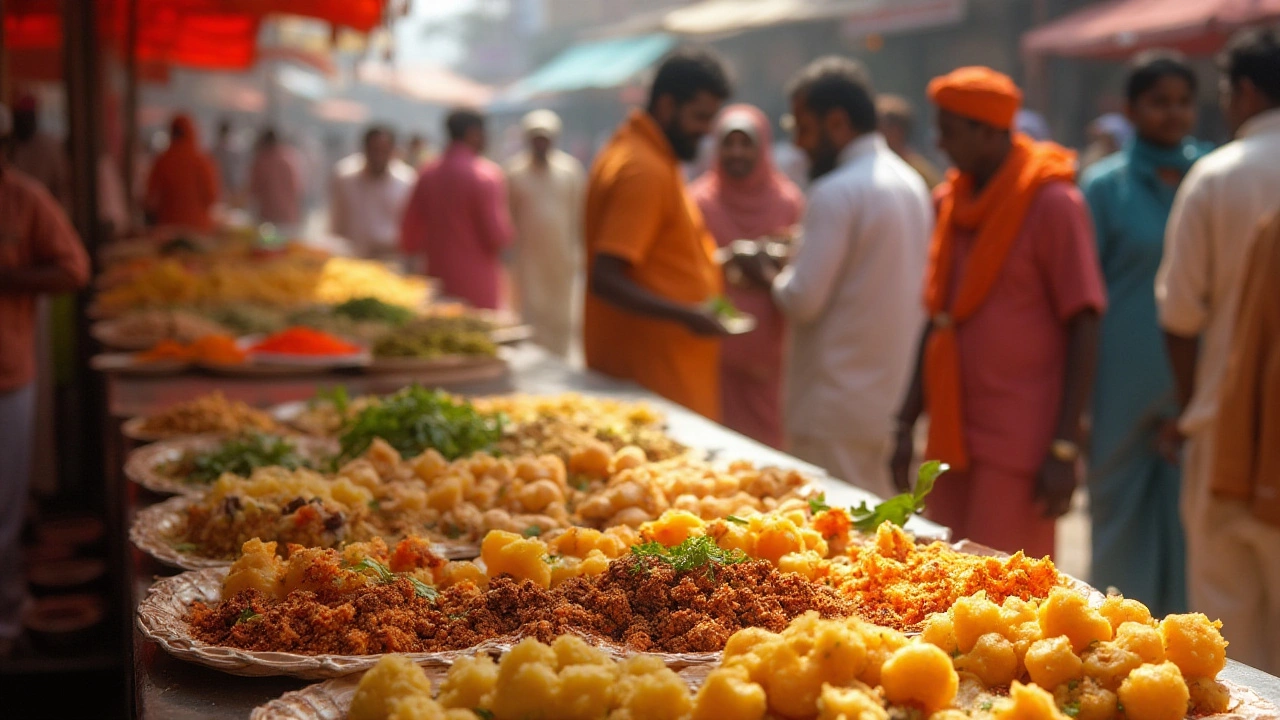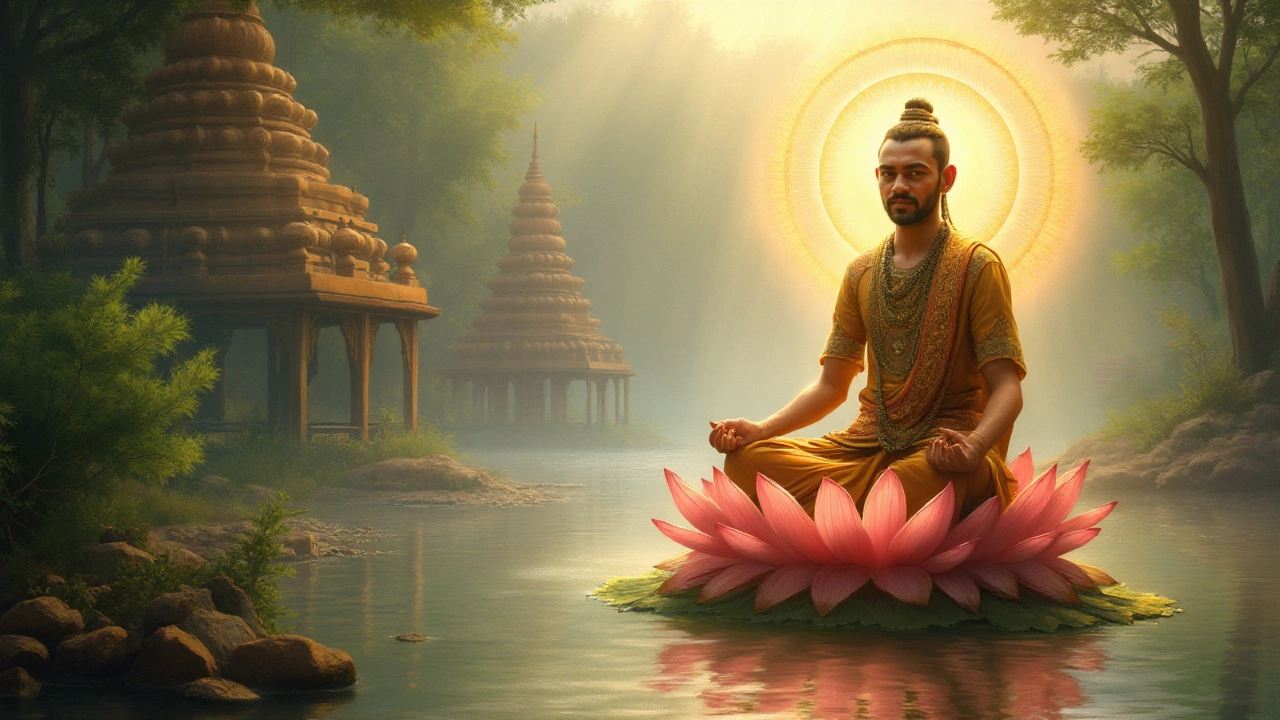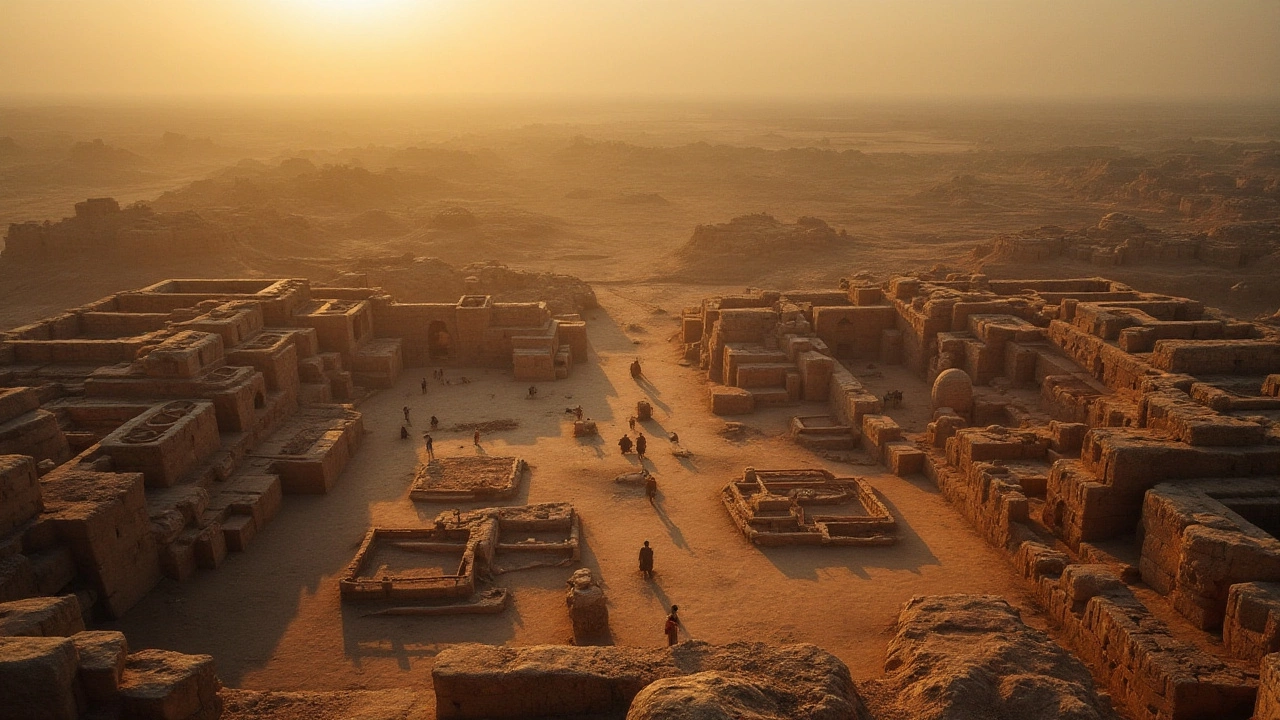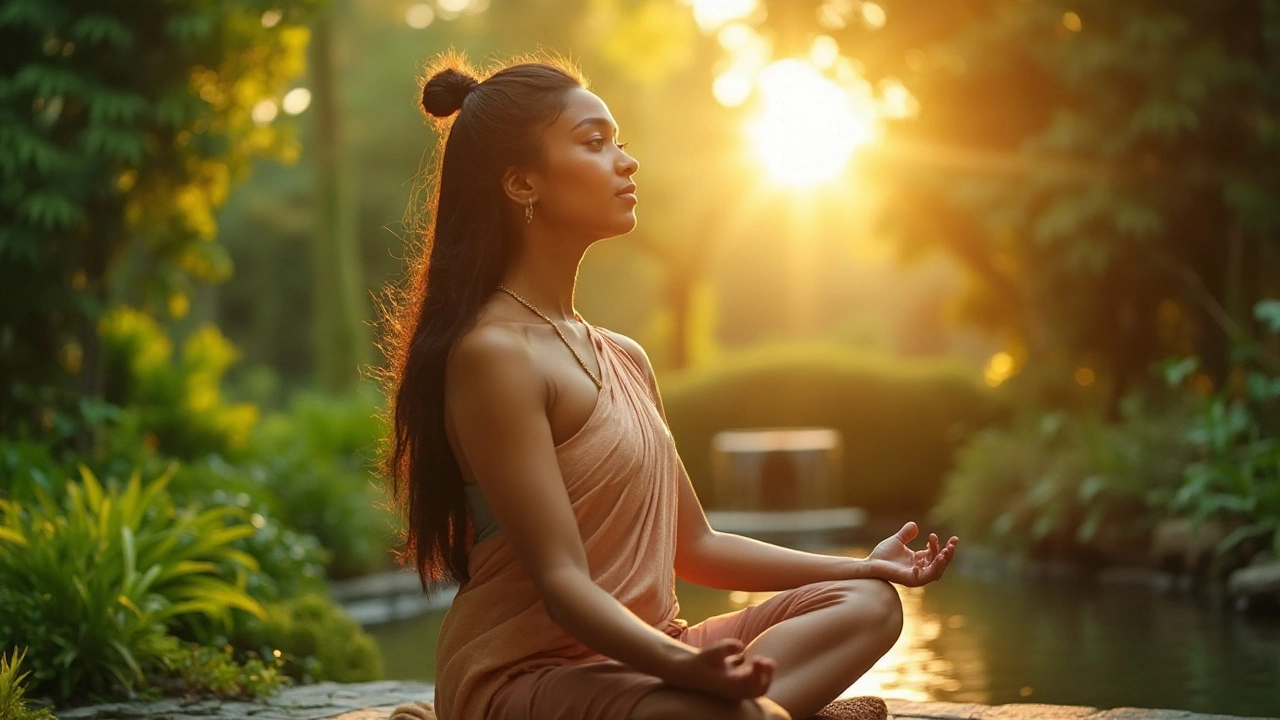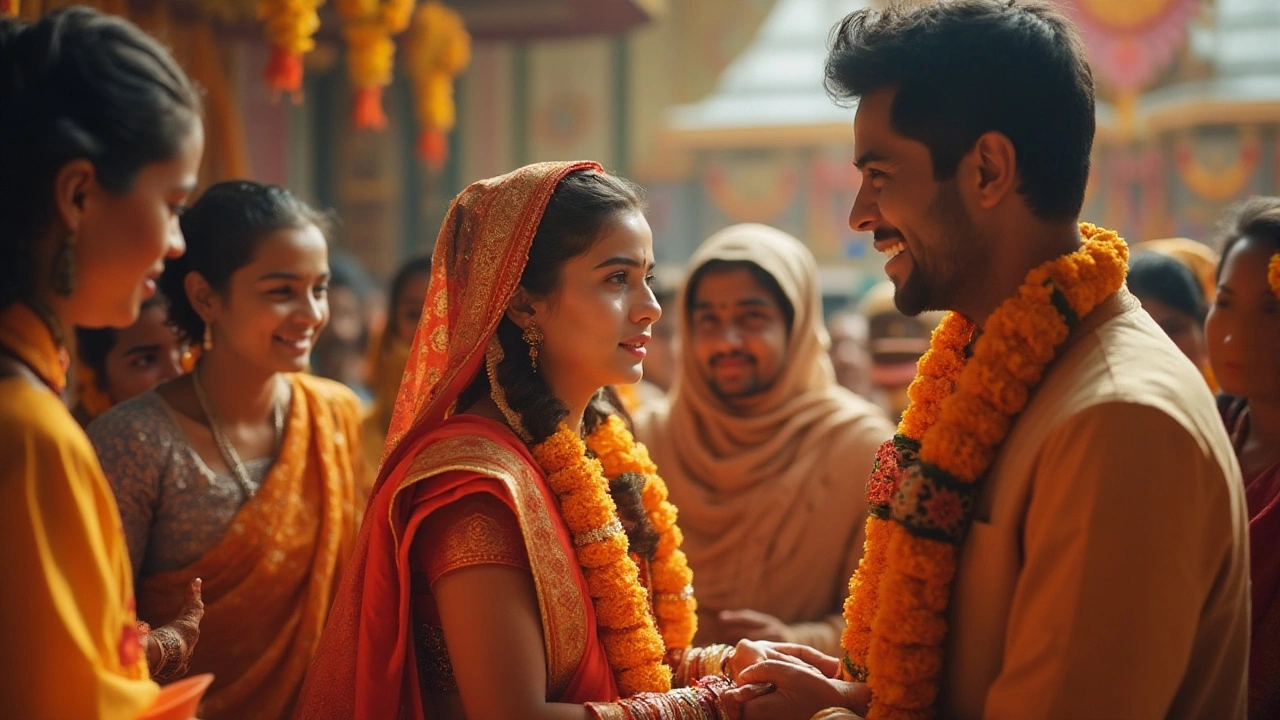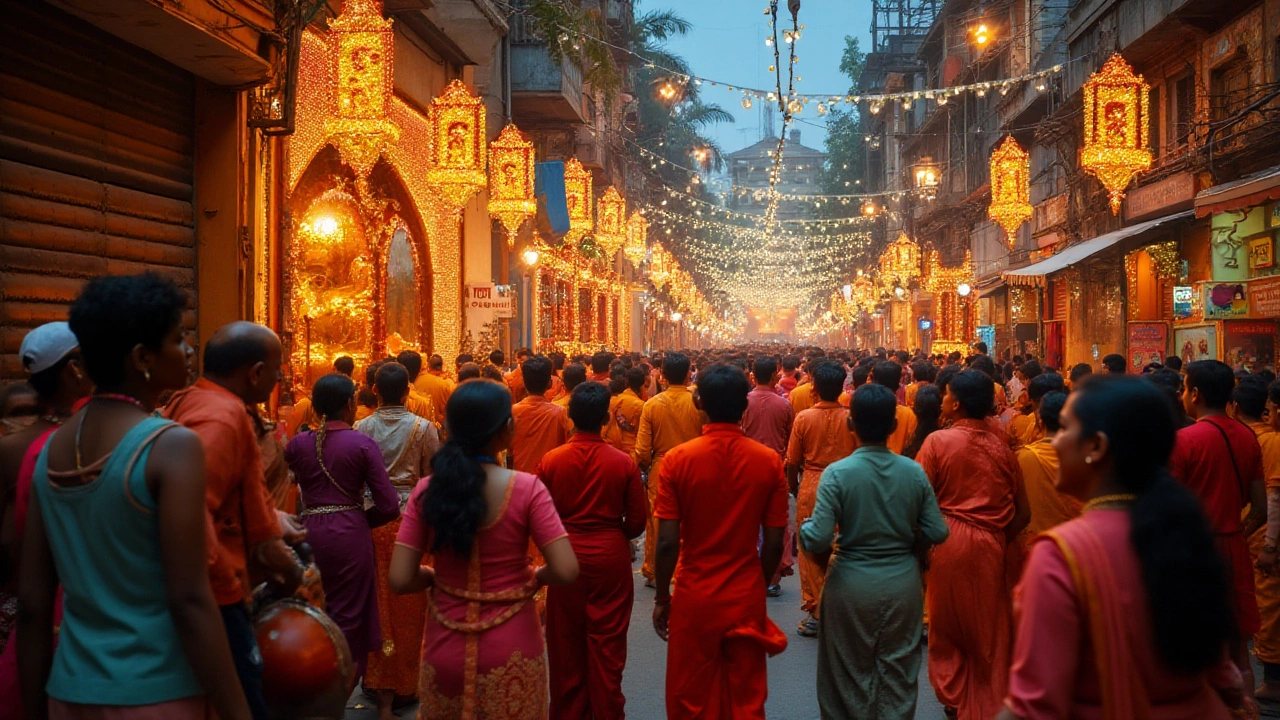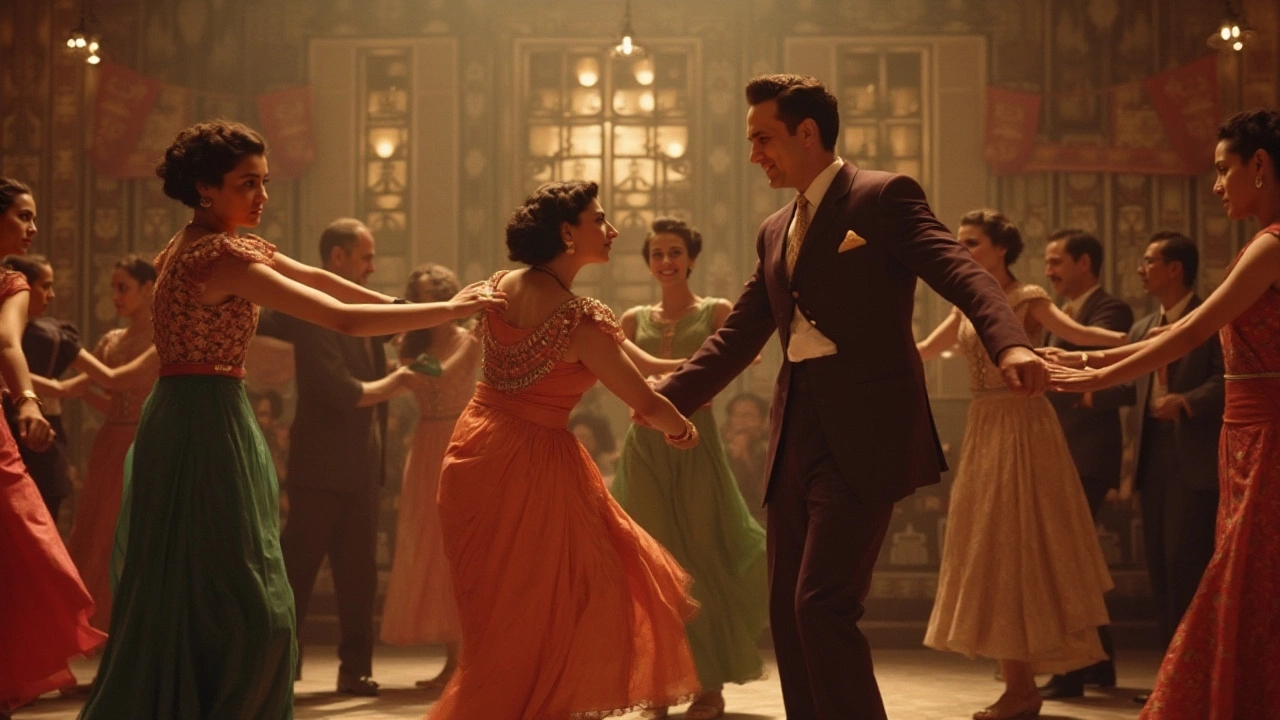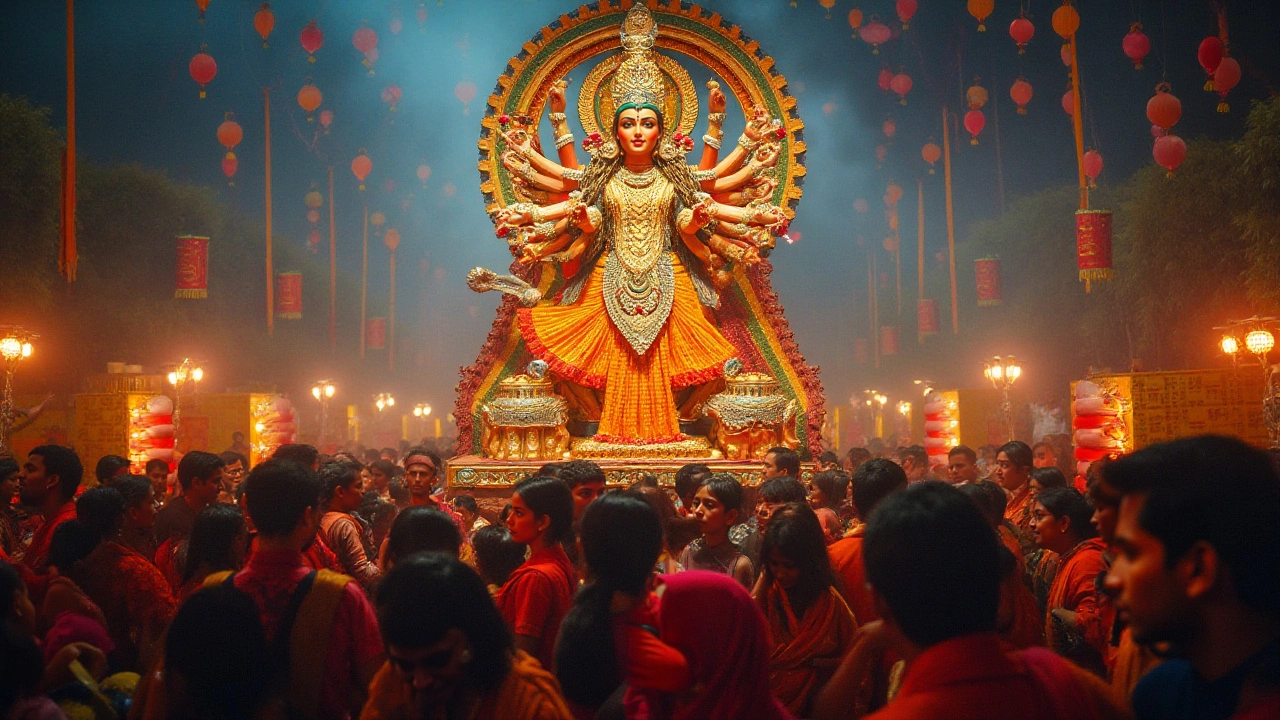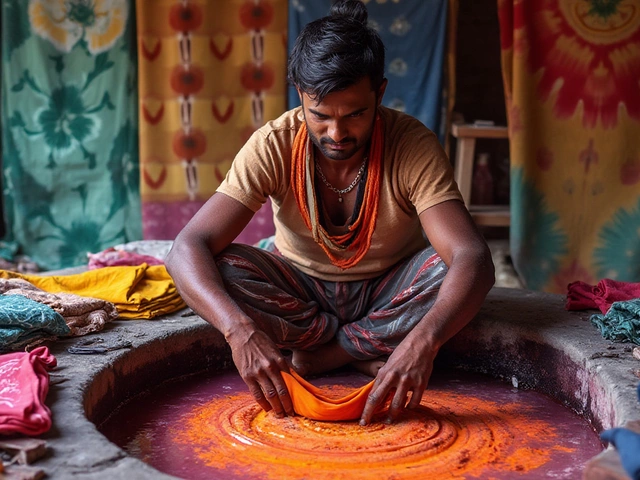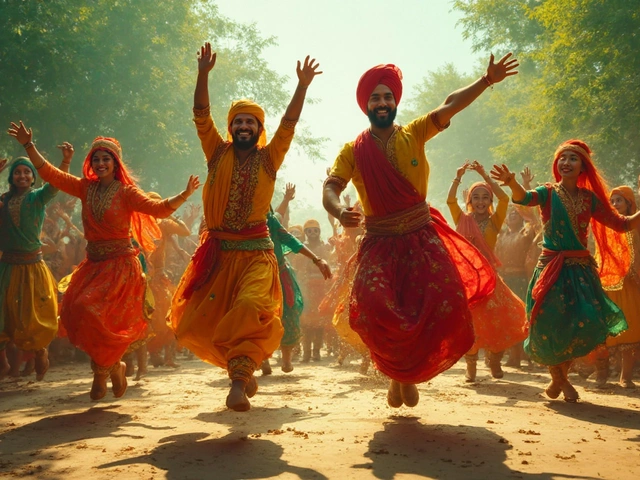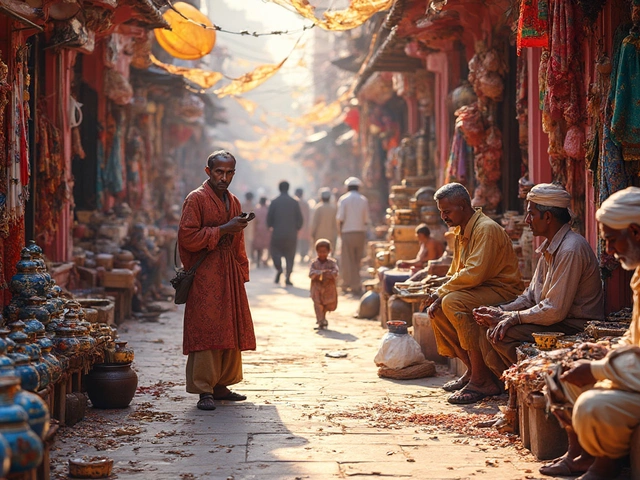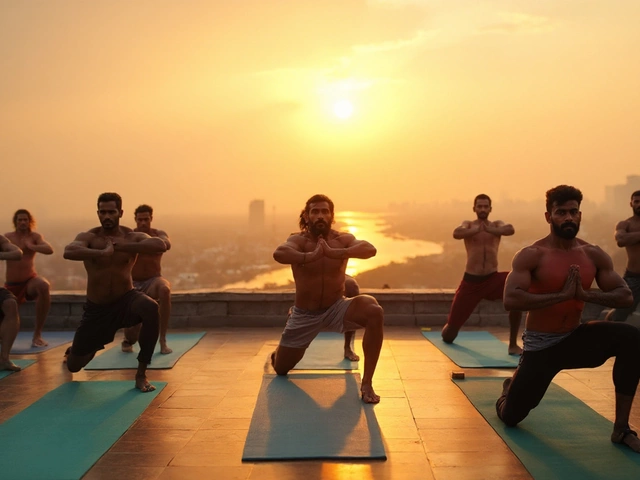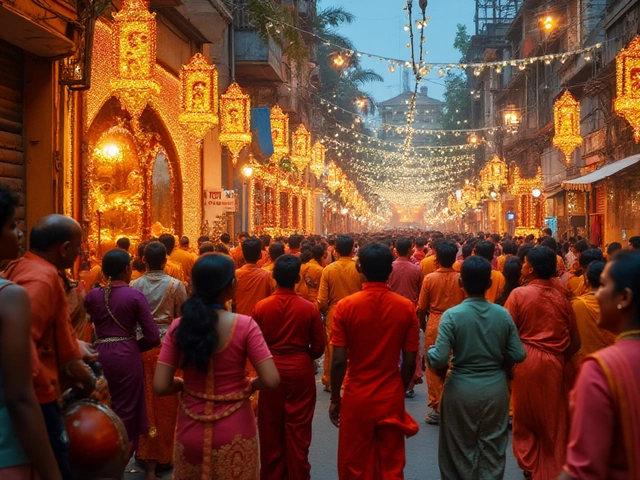India's Cultural Heritage in January 2025: Yoga, Mythology, Ayurveda, and Traditions
When you think about Indian culture, the living blend of spiritual practices, regional traditions, and ancient wisdom that defines daily life across the subcontinent. Also known as South Asian heritage, it’s not frozen in history—it’s breathed into every yoga mat, every temple mural, and every family meal. In January 2025, The Pen of India brought together stories that show how old ideas still move people today. From quiet morning yoga routines to loud Durga Puja drumbeats, these pieces aren’t just about what happened long ago—they’re about what’s happening right now, in homes, temples, and kitchens across India.
Yoga, a practice rooted in ancient Indian philosophy that connects body, breath, and mind. Also known as Ayurvedic movement, it’s more than stretching—it’s a daily ritual for inner peace. One article breaks down how even beginners can find stillness through simple poses and breathing. Meanwhile, Ayurveda, India’s 5,000-year-old system of natural healing based on balancing body energies called doshas. Also known as traditional Indian medicine, it’s not just herbs and oils—it’s a whole way of living. Readers learned how to calm a restless Vata dosha with food, routine, and silence. These aren’t abstract ideas. They’re tools people use to feel better, sleep deeper, and stay grounded.
Then there’s the world of stories. Indian mythology, a vast collection of epic tales about gods, demons, and cosmic battles that shape moral values and festivals. Also known as Hindu legends, it’s the backbone of art, dance, and even temple architecture. One piece zooms in on twelve key deities whose names you’ve heard but maybe never truly understood. Another looks at why Hindu gods are often shown clean-shaven—what does that say about purity, power, or time? These aren’t just myths. They’re mirrors. They reflect how Indians see themselves, their ancestors, and their place in the universe.
And then there’s the rhythm of life. Bengali festivals, vibrant, music-filled celebrations like Durga Puja and Pohela Boishakh that unite communities through food, art, and devotion. Also known as Bengal’s cultural heartbeat, they’re not just events—they’re emotional anchors. These festivals aren’t tourist shows. They’re family gatherings, neighborhood collaborations, and living history. Meanwhile, Gujarat’s artisans use English to sell handwoven textiles to the world, proving that tradition and globalization don’t clash—they connect.
You’ll find ancient cave drawings, the sweet-and-salty flavors of Gujarati food, the quiet dignity of Indian women’s sarees, and the swing dances of the 1940s that still make people smile. This isn’t a museum exhibit. It’s a living archive. Every article here answers a quiet question someone asked: What does it mean to be Indian today? The answers aren’t in textbooks. They’re in the breath before a yoga pose, the smell of dhokla on a street corner, the drumbeat that calls people to prayer. Below, you’ll find the full collection—each piece a thread in a much bigger, much richer story.
